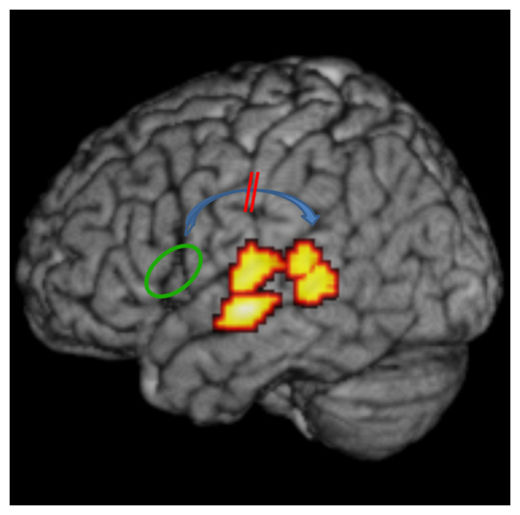
© Bart BoetsThe researchers showed that the functional and structural connection (blue arrow) between frontal (green) and temporal (red-yellow) language areas is impaired in individuals with dyslexia.
Dyslexia, the learning disability that makes reading and processing speech a challenge, may result from problems with brain connectivity, a new study suggests.
Scientists estimate that
dyslexia affects more than 10 percent of the world's population. Some hypothesize that in people with dyslexia, the way that speech sounds are represented in the brain is impaired, while others contend that the brains of people with dyslexia represent the sounds correctly, but have trouble accessing them because of faulty brain connections.
Ultimately, understanding the roots of dyslexia could lead to better ways to help people with the disability, the researchers said.
Normally, when people read words or hear spoken language, the brain creates a map to represent the basic sounds in speech, called phonemes. These brain representations have to be robust, for instance, all "b" sounds must map to the same category.
But they must also be distinct, in order to distinguish between similar sounds such as "b" and "d." In the new study, Bart Boets, a clinical psychologist at KU Leuven, in Belgium, and his colleagues used brain imaging to test which hypothesis - flawed sound representations or flawed wiring - best explains dyslexia.
The researchers scanned the brains of 23 adults with dyslexia and 22 adults without the condition as they responded to various speech stimuli. The scientists looked at how accurately the participants' brains mapped sounds to their phonetic representations.
People with dyslexia had intact
representations of basic sounds, just as non-dyslexic people did, the scans revealed.
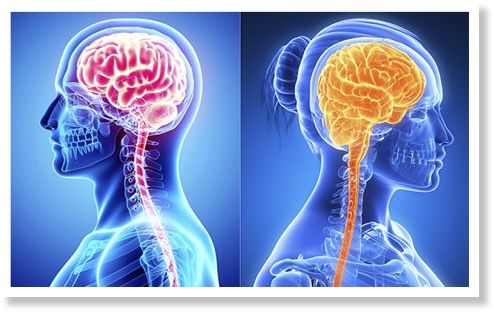

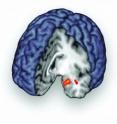



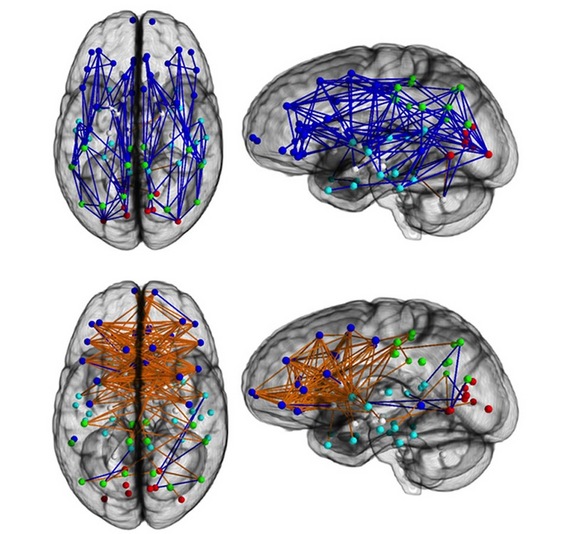

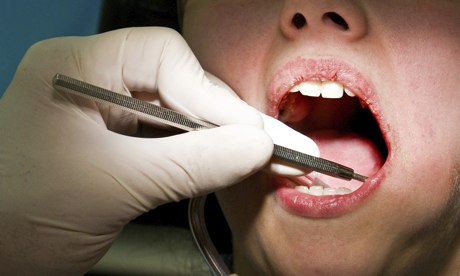



Comment: See also: The smell of fear can be inherited, scientists prove